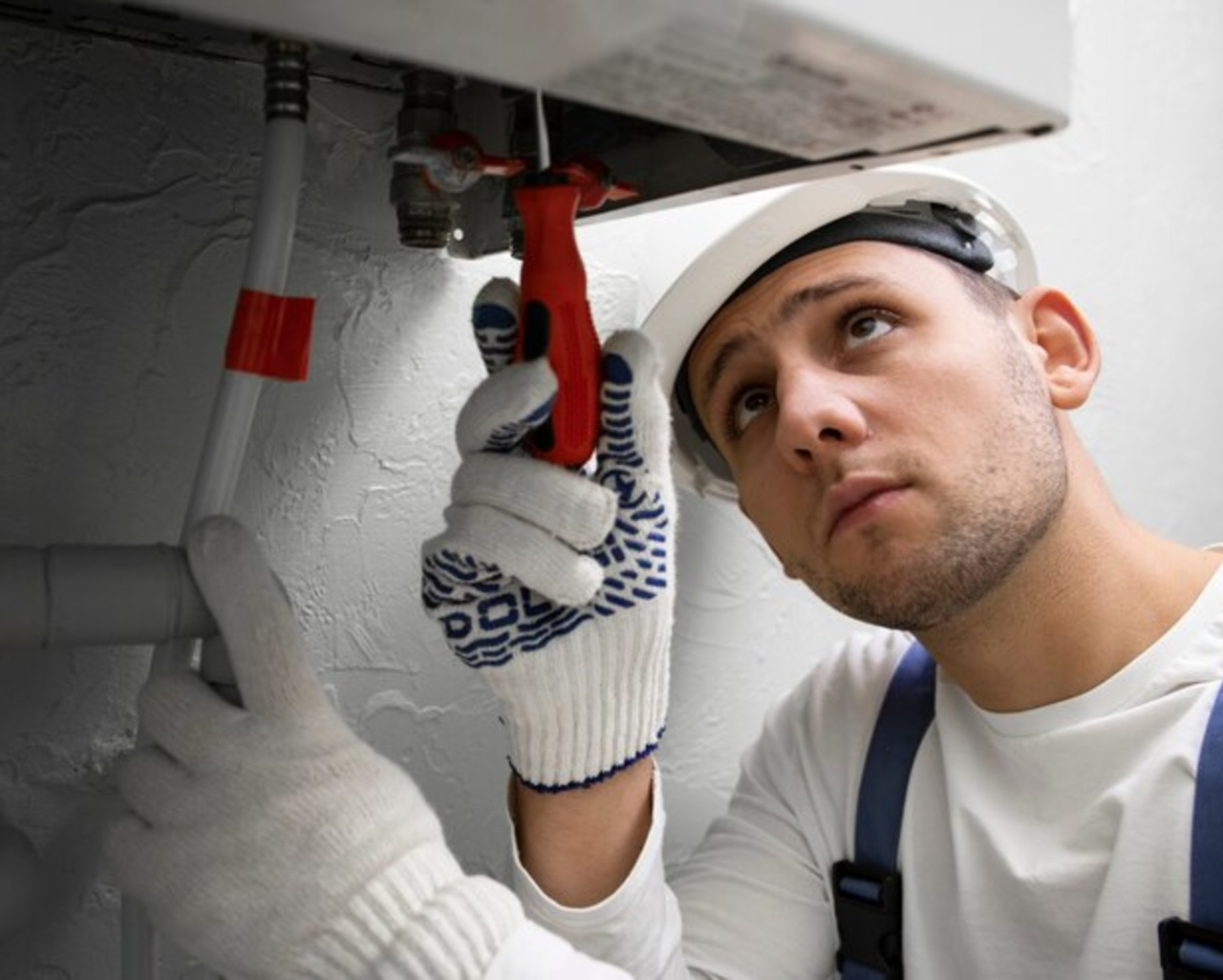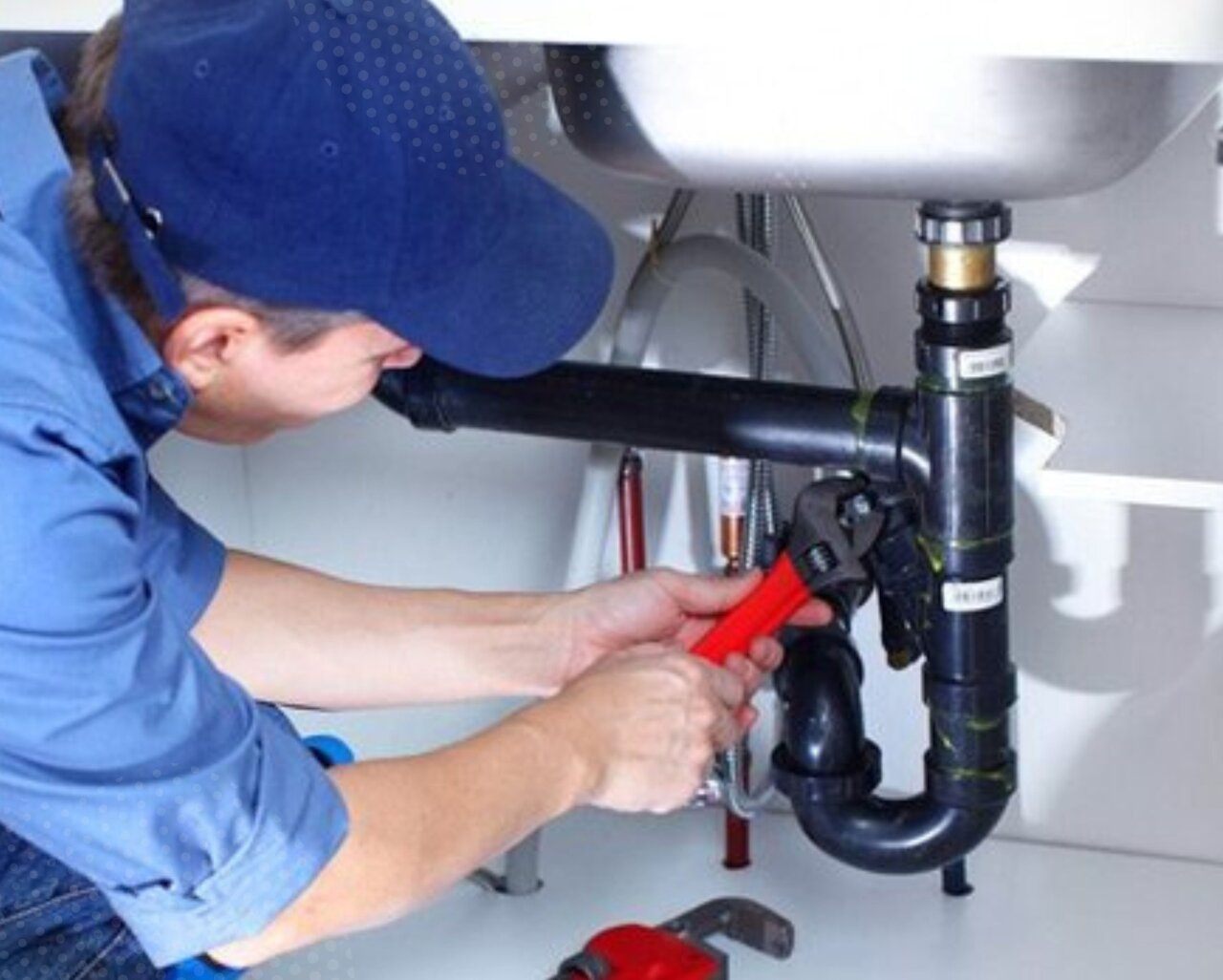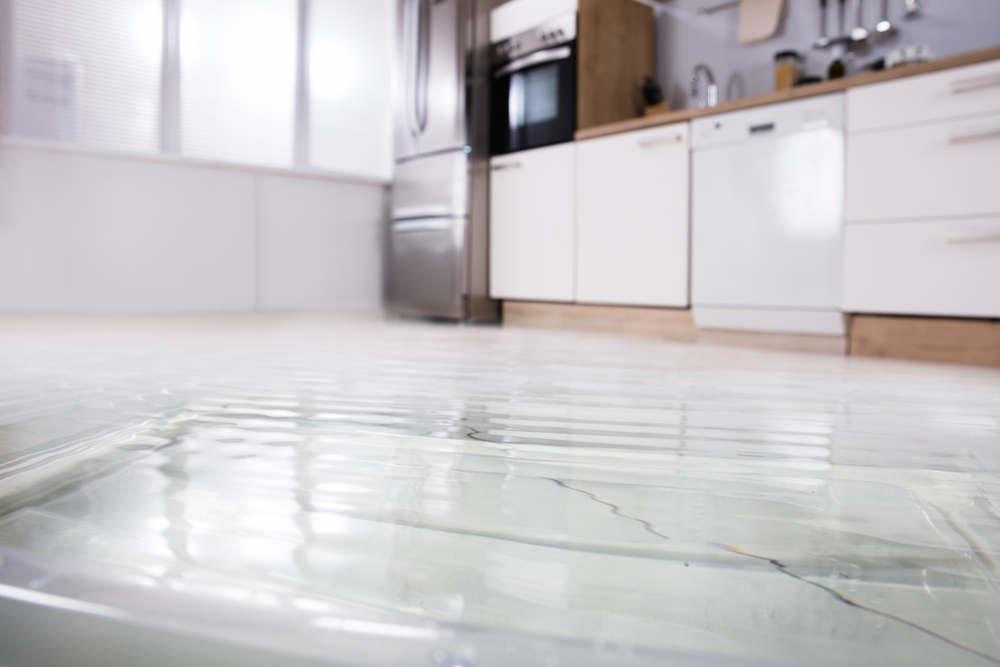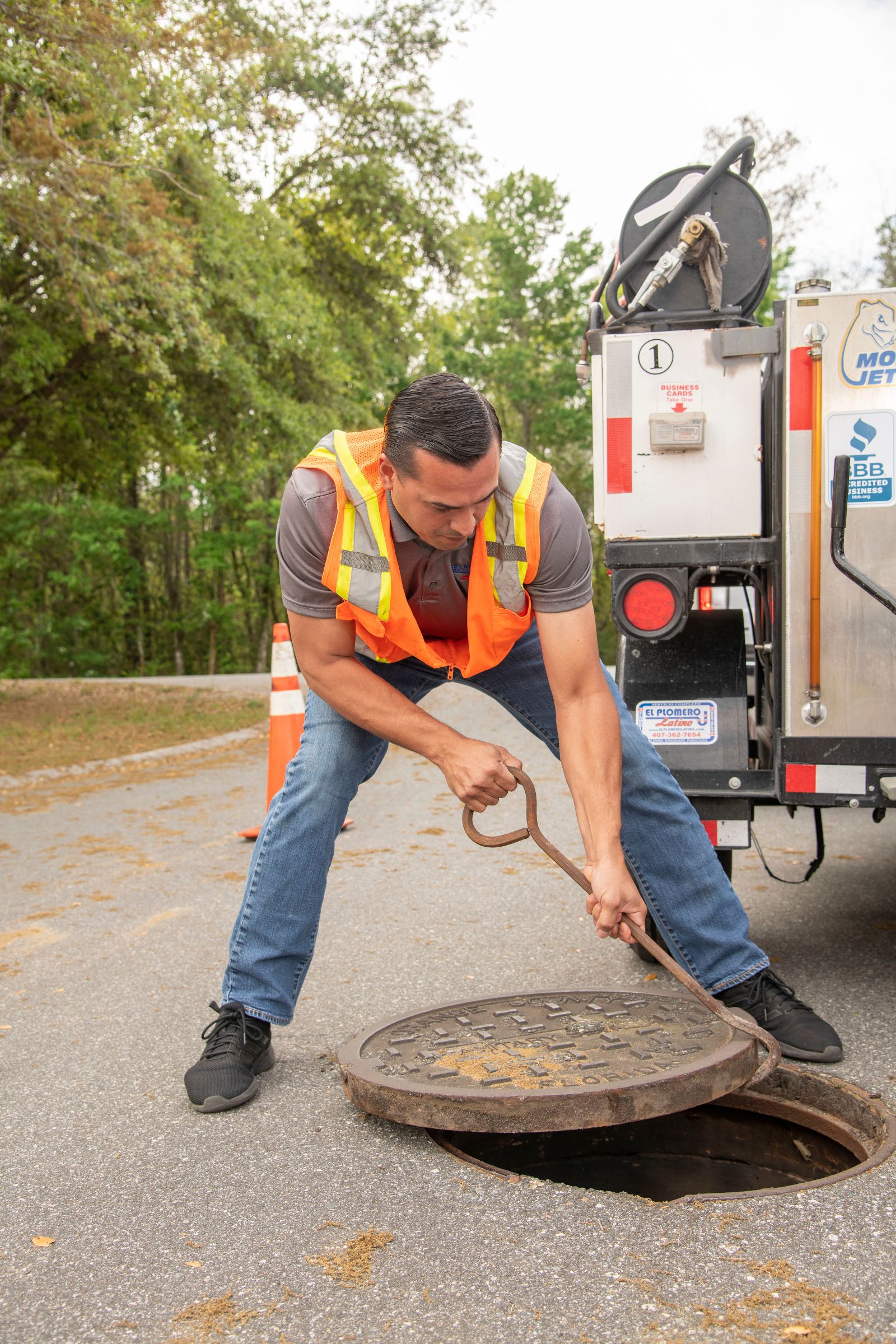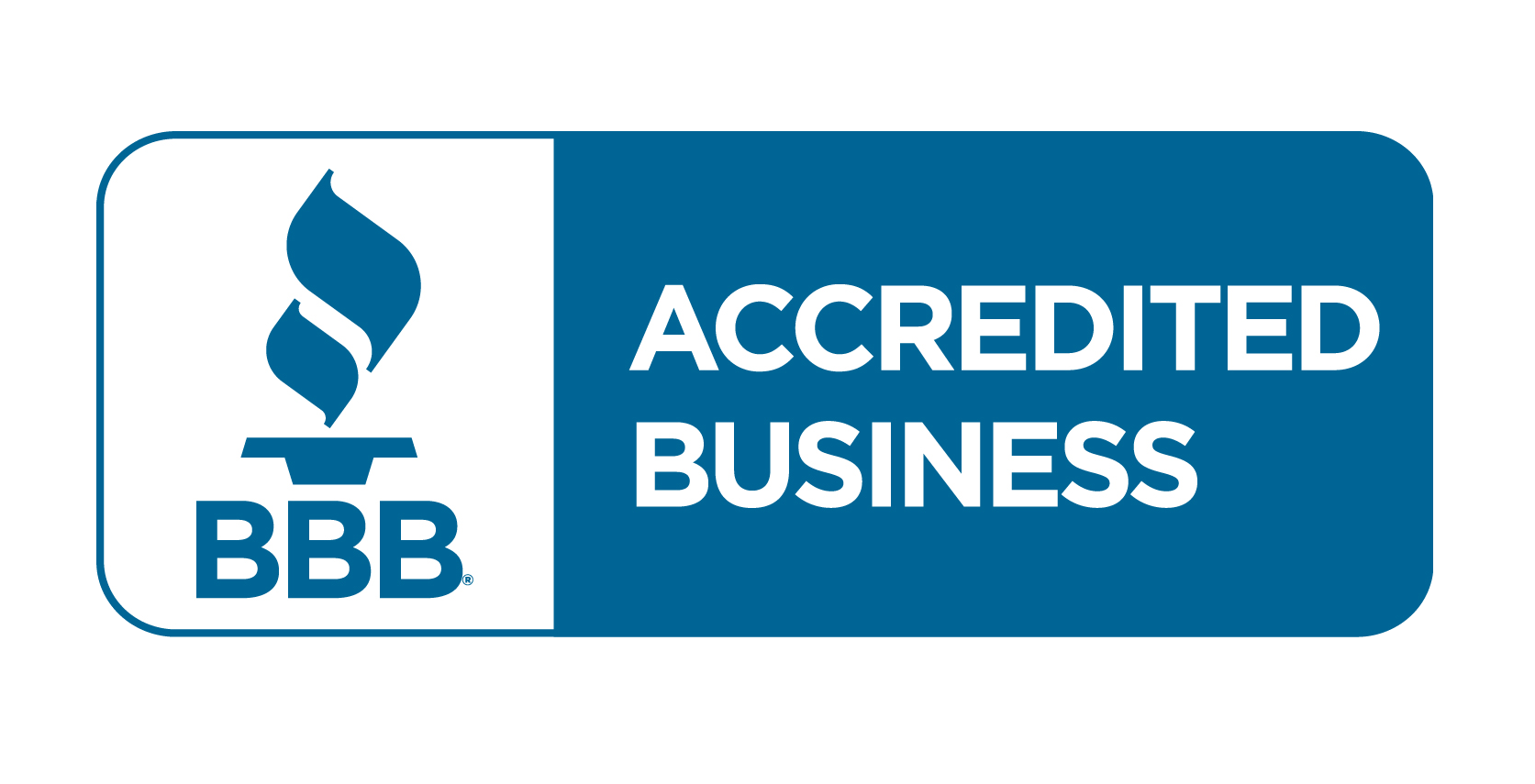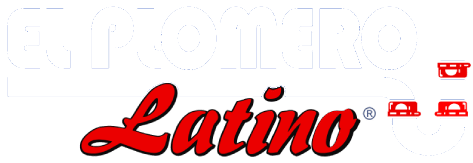Drains are a crucial component of our homes and workplaces, helping to keep our living and working areas clean and hygienic. However, when they become clogged, they can quickly become a source of frustration and inconvenience. The unfortunate truth is that clogs are a common occurrence, and they can be caused by various factors. From hair and soap scum to food scraps and grease, there are many things that can build up in your drain pipes and obstruct the flow of water. In this article, we’ll explore some of the most common causes of drain clogs and provide you with some tips on how to prevent them from happening in the first place. So, whether you’re dealing with a clogged sink, shower, or toilet, read on to learn more about what might be causing the problem and how to fix it.
Types of Drain Clogs
There are many different types of drain clogs, but the two most common types are kitchen and bathroom drains. Kitchen drains are typically clogged by food scraps, grease, and oil, while bathroom drains are often clogged by hair, soap scum, and other personal care products. Both types of clogs can be frustrating and challenging to deal with, but they can usually be prevented with proper maintenance and care.
Common Causes of Kitchen Drain Clogs
Kitchen drains are often clogged by food scraps, grease, and oil. When these substances are poured down the drain, they can build up and harden over time, obstructing the flow of water. Additionally, if you have a garbage disposal, it can become clogged with food scraps and other debris, making it difficult for water to flow through.
Another common cause of kitchen drain clogs is the buildup of mineral deposits. If you have hard water, mineral deposits can accumulate in your pipes over time, reducing the flow of water and eventually causing a clog.
Prevention Tips for Kitchen Drain Clogs
One of the best ways to prevent kitchen drain clogs is to be mindful of what you pour down the drain. Avoid pouring oil, grease, and food scraps down the drain, and instead, dispose of them in the trash. Additionally, you can use a strainer in your sink to catch any food scraps or other debris that might accidentally go down the drain.
Regularly cleaning your garbage disposal can also help to prevent clogs. You can do this by pouring a mixture of baking soda and vinegar down the drain, followed by hot water. This will help to break down any buildup that might be clogging your disposal and pipes.
Common Causes of Bathroom Drain Clogs
Bathroom drain clogs are often caused by hair, soap scum, and other personal care products. When these substances are washed down the drain, they can accumulate and harden over time, reducing the flow of water and eventually causing a clog.
Another common cause of bathroom drain clogs is the buildup of mineral deposits. If you have hard water, mineral deposits can accumulate in your pipes over time, reducing the flow of water and eventually causing a clog.
Prevention Tips for Bathroom Drain Clogs
One of the best ways to prevent bathroom drain clogs is to use a strainer in your shower or bathtub to catch any hair or other debris that might be washed down the drain. Additionally, you can clean your drain regularly by pouring a mixture of baking soda and vinegar down the drain, followed by hot water. This will help to break down any buildup that might be clogging your pipes.
If you use personal care products that are known to cause clogs, such as heavy conditioners or body washes, you might want to consider using them less frequently or switching to a lighter product that is less likely to cause clogs.
Signs of a Clogged Drain
Some common signs of a clogged drain include slow drainage, gurgling sounds coming from your sink or toilet, and unpleasant odors coming from your drain. If you notice any of these signs, it’s essential to address the issue as soon as possible to prevent further damage to your pipes.
DIY Methods to Unclog a Drain
If you have a clogged drain, there are several DIY methods you can try before calling a professional plumber. One of the most effective methods is to use a plunger to create suction and dislodge the clog. You can also try pouring a mixture of baking soda and vinegar down the drain, followed by hot water, to break down any buildup that might be clogging your pipes.
Another DIY method is to use a drain snake or auger to remove the clog manually. This can be effective for more severe clogs that can’t be removed with a plunger or baking soda and vinegar.
Professional Drain Cleaning Services
If you’ve tried DIY methods and are still experiencing issues with your clogged drain, it might be time to call in a professional plumber. A professional plumber will have the tools and expertise needed to diagnose and fix the problem quickly and effectively.
Some professional drain cleaning services include hydro jetting, which uses high-pressure water to remove buildup and clogs, and drain camera inspections, which allow plumbers to see inside your pipes and identify the source of the problem.
Conclusion and Final Thoughts
In conclusion, clogged drains are a common occurrence that can be frustrating and inconvenient to deal with. However, with proper maintenance and care, they can usually be prevented. By being mindful of what you pour down the drain, regularly cleaning your drains, and addressing any issues as soon as they arise, you can keep your drains flowing smoothly and prevent costly damage to your pipes. And if you do experience a clogged drain, remember that there are plenty of DIY methods and professional services available to help you fix the problem quickly and effectively.


